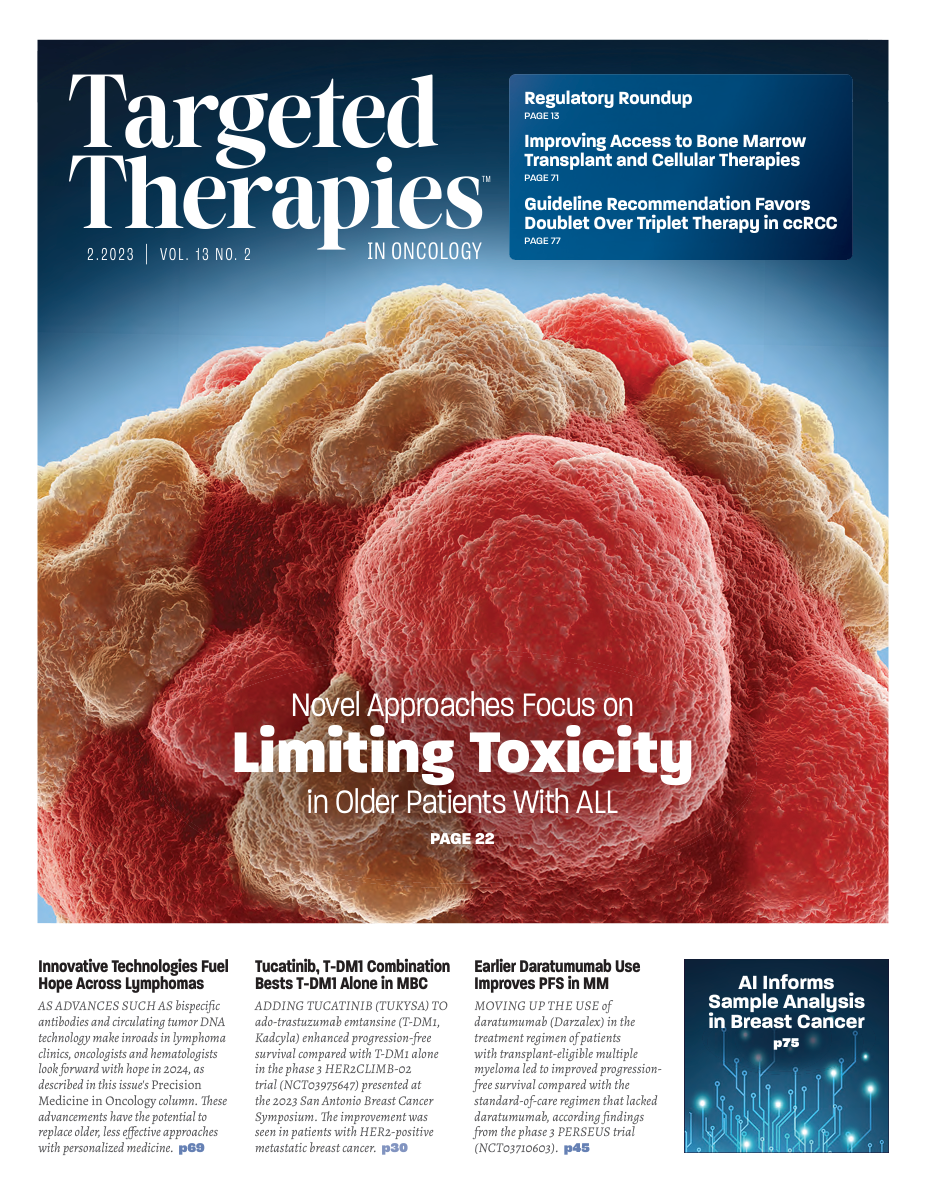Practices Face Challenges When Manufacturers Turn to Code 505(b)(2)
There are options for pharmaceutical manufactures when obtaining an FDA- approved indication for their drug.1 The classic new drug application requires a significant amount of both preclinical and clinical information on the reference listed drug (RLD). In return, the manufacturer gets marketing exclusivity as well as patent protection.
The most well-known alternative is the alternative new drug application (ANDA), which is the method used for approving generic drugs, and requires information showing the generic drug is an exact copy of the RLD. Another alternative is used for biosimilars, where the manufacturer provides information verifying that its complex biologic agent has no clinically meaningful differences from the RLD. A major difference between them is that ANDA shares the same average sales price (ASP) and J-code as the RLD, whereas each biosimilar has its own.
Enter 505(b)(2)
There is another alternative method, 505(b) (2), named after the section that covers the applications in the Federal Food, Drug, and Cosmetic Act, that more manufacturers are exploring. For this, the manufacturer is relying on the RLD data and must show its drug shares key characteristics.
However, this drug may have changes not allowed under the ANDA rules, such as a formulation change, change in route of administration, change in dosing, or a new indication.2
The 505(b)(2) approval is like that of biosimilars, where reliance on the information from the RFD, such as toxicity and efficacy and any changes made, does not affect the RFD in a meaningful way. An example is using a solvent other than polysorbate 80, which has been implicated in some hypersensitivity reactions.
A benefit of 505(b)(2) is the manufacturer gets a unique J-code and ASP from the RLD, which gives it control over the pricing and reimbursement.
Several manufacturers are touting this as a potential solution to generic drug shortages, which, as I discussed previously, are often due to price controls making these drugs unprofitable. However, I am concerned about several unsolved problems. A critical one is that these drugs are priced significantly higher than the generic alternatives, which leads to other issues.
The first is that these drugs often carry only the generic name, making it difficult for staff to differentiate between it and a generic.
Another is that insurance companies are either unaware of their differences from generics or flat out deny coverage of the 505(b)(2) drugs. Compounding this, the Centers for Medicare and Medicaid Services has at times misallocated J-codes or added them in a separate addendum. Although some manufacturers express excitement about the 505(b)(2) opportunities, I remain skeptical. Many of the changes are not clinical improvements or have other challenges such as longer infusion times. Their higher cost also increases costs for the patient in the form of higher co-payments but without giving them a better drug or experience.
Finally, while a solution to generic drug shortages begins with better economics, there is the considerable risk of a practice losing money due to potential miscoding, misbilling, or errors in collection. This makes it difficult to recommend this category today.
Leslie Busby, MD, is chair of the US Oncology Pharmacy & Therapeutics Committee, and a medical oncologist and hematologist at Rocky Mountain Cancer Centers, Boulder, Colorado.
REFERENCES
1. Orange Book: approved drug products with therapeutic equivalence evaluations. Food and Drug Administration. Accessed December 14, 2023. https://www.accessdata.fda. gov/scripts/cder/ob/index.cfm
2. Product-specific guidances for generic drug development. Food and Drug Administration. Updated November 11, 2022. Accessed December 14, 2023. https://www.fda.gov/ drugs/guidances-drugs/product-specific-guidances-generic-drug-development
